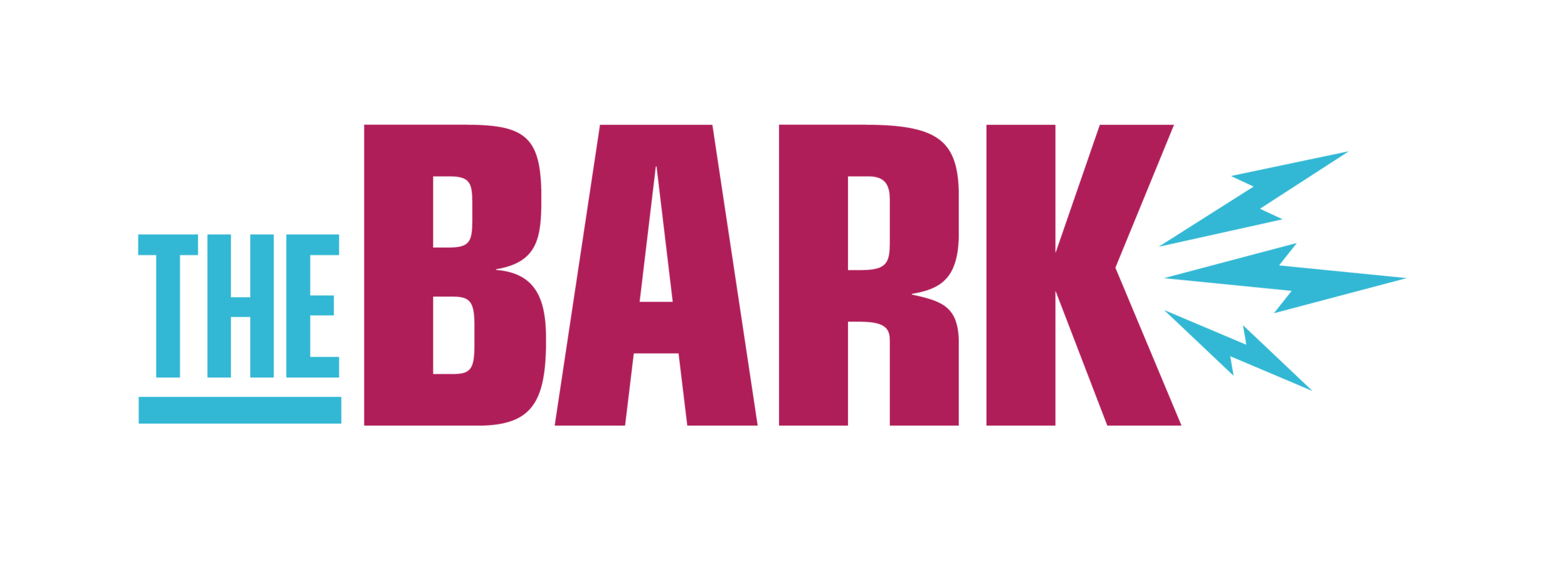Expanding Awareness of Sexual Assault Resources
Written by Melissa Van Der Stand | Archived Nov. 10, 2020
PAVSA staff (PAVSA, November 2017)
The first six weeks of college are a very dangerous time.
According to RAINN, the nation’s largest anti-sexual violence organization, more than half of all college sexual assaults happen in August, September, October, or November.
The University of Minnesota Duluth has a few different methods for the prevention of sexual assault on campus. The main way that they inform students about this problem is through an online training module, intended for all incoming students.
Shawnia Klug, a first year student at UMD, took the online sexual assault awareness and prevention module this past fall.
“It took forever. They said it wouldn’t take very long but it took like an hour and twenty minutes to complete. The moment you thought you were done, you had so much more left,” Klug said.
Klug recalled a skit about bystander intervention that was sponsored by the Students in Transition Office during her first week on campus. It told the story of a night of drinking, a girl, and her attacker. When the skit was finished, Klug said that they redid it, only this time stopping at any point where someone would have stepped in to help.
“With the skit, you really saw that this was something that happens to real people, but with the online stuff it was easy to lose focus,” she said. “With the play, I remember every single part, but I can’t really remember the information from the online lessons.”
Klug expressed her hope that the skit will be repeated next year.
According to Lisa Erwin, vice chancellor of Student Life and dean of students, UMD is focusing on bystander intervention practices.
“We know the most dangerous time period for freshmen is the first six weeks in the semester. And we want to provide this training before they step foot on campus,” Erwin said.
Deborah Petersen-Perlman, associate professor in the Department of Communication, said how an online module is limited by its lack of personal connection.
“Online training is lip service. There are no people for you to ask questions, or real time opportunities to talk over issues,” Petersen-Perlman said.
Petersen-Perlman worked previously as the director of the Equal Opportunity Office. She has had the opportunity to talk face-to-face with people about their many different experiences on campus.
“Online trainings are going to be inherently limited and unsatisfactory,” Petersen-Perlman said.
Sara Minder, a student intern in the Women’s Resource and Action Center (WRAC), took the sexual assault awareness and prevention module two years ago.
WRAC’s poster, visible in UMD bathrooms
“Looking back, I can’t remember anything from the module,” Minder said. “You just kind of want to get through it. I think I probably just whizzed through it just to get it done.”
WRAC partners with Duluth’s Program for Aid to Victims of Sexual Assault (PAVSA), to provide assistance on campus to survivors of sexual assault.
Anna Spielmann, Outreach Advocate with PAVSA, explains how their services are available to the UMD community.
“All the interns at WRAC are trained PAVSA advocates, so they work with us (PAVSA) to provide confidential advocacy,” Spielmann said.
Quite often, PAVSA advocates are invited by UMD professors to speak to their classes about the resources available to students.
“It is an accessible way for students to meet with an advocate and learn about PAVSA so that they can continue seeking services from us,” Spielmann said.
PAVSA doesn’t visit every class, so these services are something that not every student at UMD is exposed to.
“We hope that professors continue to pull PAVSA in and use the local resources in the community,” Spielmann said.
While UMD requires all incoming students to complete the sexual assault awareness and prevention module, as of now there are no repercussions for not finishing it.
The module has an 88.8% completion rate amongst incoming students, according to Erwin. The follow up survey research has a completion rate of 52.7%.
UMD is focused on that initial percentage, Erwin said, because of the danger the first few weeks of college entails.
“Some schools prevent students from enrolling in classes until they have taken it, but we haven’t been willing to do that. Preventing students from enrolling is a pretty serious thing,” Erwin said.
In President Kaler’s new president’s initiative to prevent sexual misconduct, all students, faculty and staff, will be required to complete this online training, starting January 2018. However, no specific consequences were said to be in place for cases in which someone chooses not to take the training.
Resources:
Responding to Sexual Misconduct at UMD
The Bark’s coverage of sexual assault at UMD:




